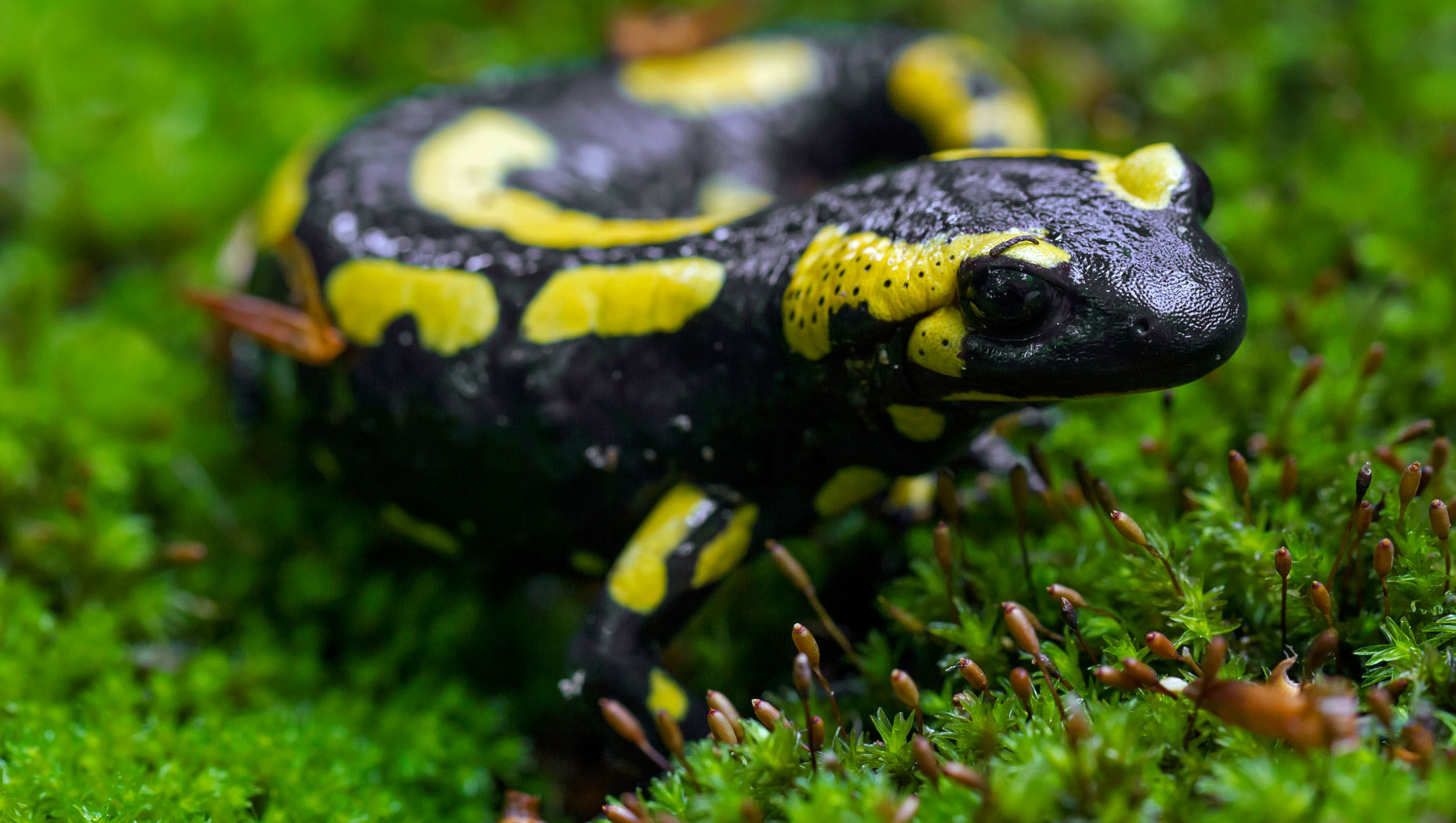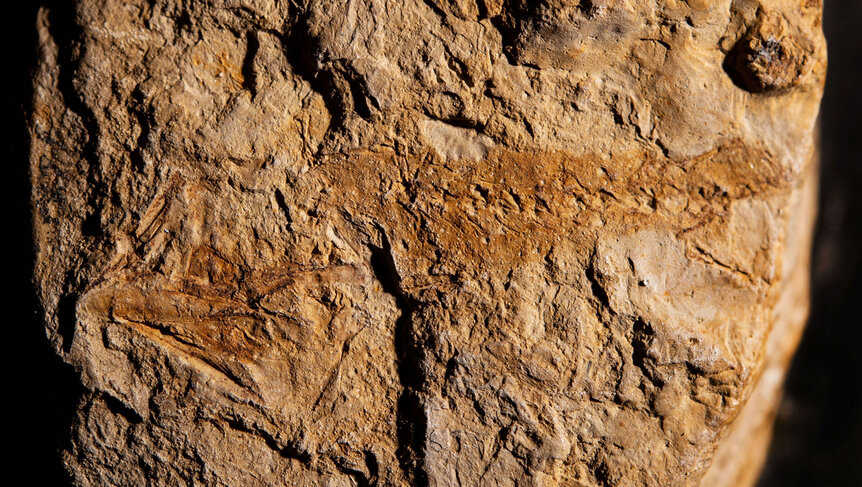Create a free profile to get unlimited access to exclusive videos, sweepstakes, and more!
Fossil of the oldest salamander ever just crawled out after 250 million years

Salamanders are strange, enigmatic creatures that often hang out under rocks, but this one has been hiding in a rock for hundreds of millions of years.
The Triassic fossil of what is now seen as the most ancient salamander ever has now emerged in Kyrgyzstan. Not only is it the oldest salamander relic in existence, but one of the most primitive amphibians known to have existed. Paleontologist Dr. Rainer Schoch and his team unearthed the skeleton of Triassurus sixtelae, a primitive salamander that is thought to have crawled out of a muddy freshwater lake millions of years before there was a dinosaur in sight. It could shed more light on the mysterious origin of amphibians.
“The origin of extant amphibians remains largely obscure,” Schoch said in a study recently published in PNAS, adding that T. sixtelae “sheds light not only on the early evolution of the salamander body plan, but also on the origin of the group as a whole.”
Tetrapods are thought to have evolved gradually as they made the move from an aquatic life to seeking out food and shelter on the shore — which turned fins into legs, gills into lungs, and evolved the rest of their bodies to better handle life on land. Some of them never quite left the water. Paleozoic tetrapods didn’t just morph into amphibians, and everything else that walks on land, overnight. There is still a question mark between those life forms that first left the water and what we recognize as modern amphibians.
Salmanders don’t have the greatest fossil record, which only deepens the mystery. They look like a bizarre mashup of a lizard and a frog, and some species (appropriately called sirens, like the deadly singing mermaids of lore) have both lungs and gills. T. sixtelae is referred to as a stem salamander because it is the most primitive specimen to show the characteristics of a true salamander. These include an open cheek structure, short ribs, long upper arm, and leg bones. The T. sixletae forever frozen in stone is thought to have been going through growing pains when it died. It was apparently in a transitional phase and hadn’t yet developed all of its adult features.
T. sixletae was a temnospondyl, one of the early and now extinct amphibians that lived from the Carboniferous to the Triassic period. Its morphology revealed that it was not part of the smaller subgroup otherwise known as branchiosaurid temnospondyls because the skull shape, longer limbs, and narrower ribs were not a match. Amphibians are thought to have evolved from temnospondyls.
Schoch believes that the skeleton his team discovered is more proof of this because of the structure of its vertebrae, absence of certain skull bones, and shape of its teeth. Pedomorphosis, or how it held on to juvenile features as it transitioned to its adult form, also supports the temnospondyl hypothesis. The fossil also pushes the origin of salamanders further back in time, supporting the belief that amphibians probably originated some 299 to 251 million years ago, during the Early Permian, having spawned somewhere in the mountains of Inner Asia.
“Triassurus in particular sheds light on the character evolution in the salamander stem lineage,” he said, also noting that it “[lends] further support to the hypothesis that pedomorphosis is a common pattern not only in the evolution of salamanders, but also in their origin.”
Creepy-crawlies had to crawl out of somewhere.















